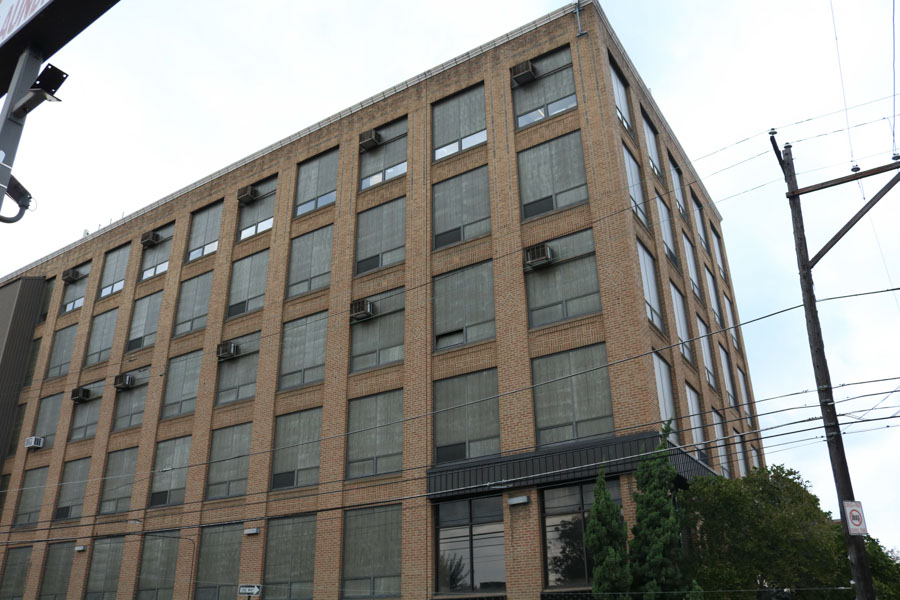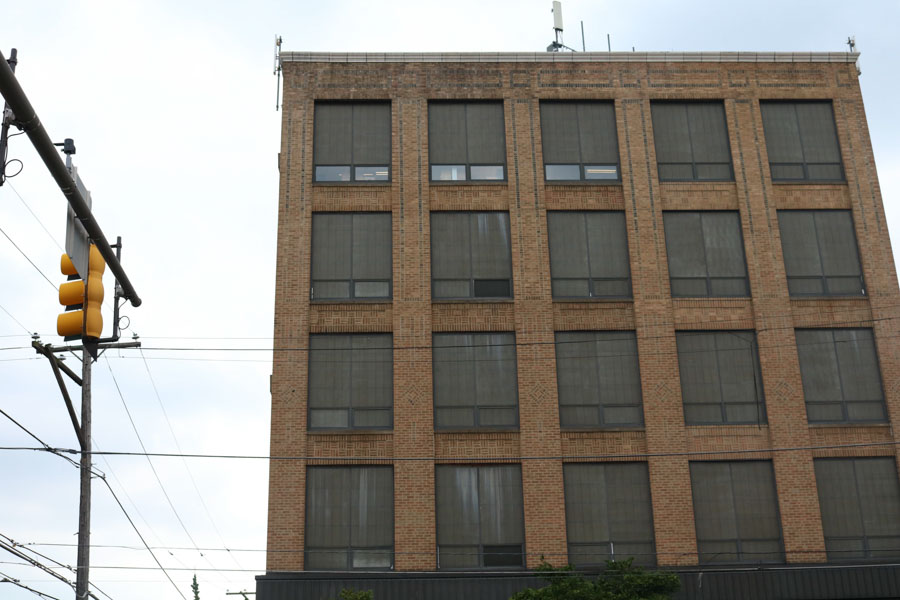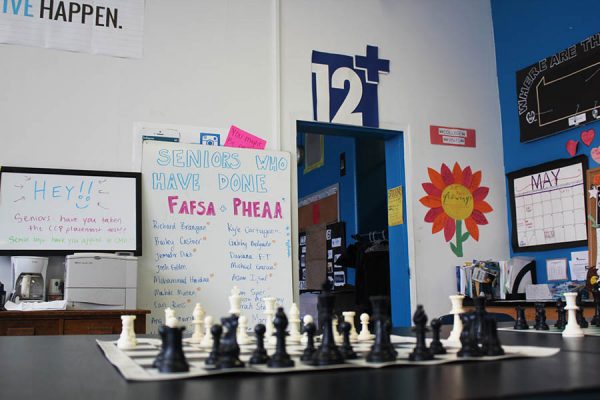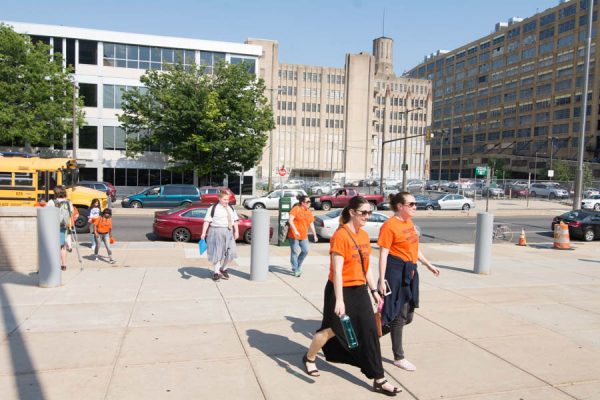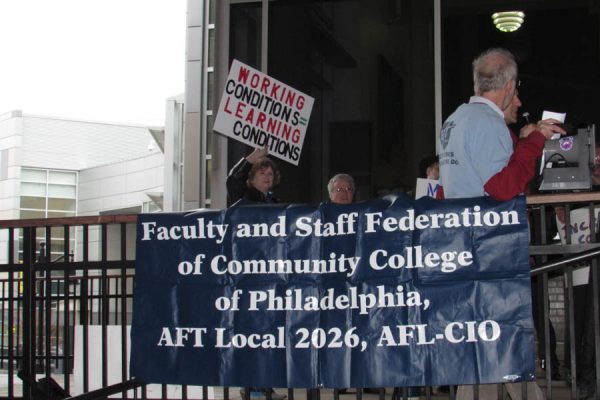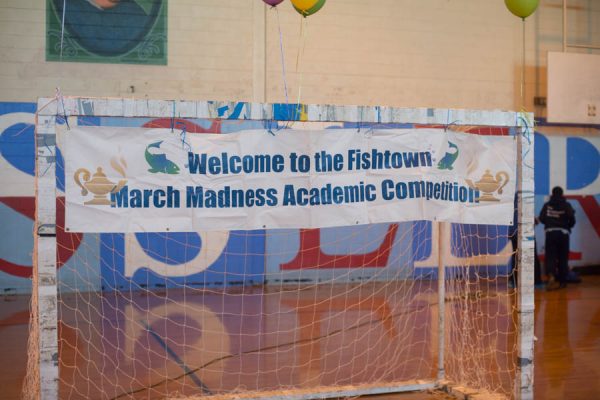Breaking the Mold of Education: Liguori Academy Uses Tech to Get Disengaged, At-Risk Students Back on Track Toward College
In his ten years at Northeast Catholic High School, Michael Marrone observed a disturbing pattern of failure among the at-risk students he taught. Time and again, outside factors such as crime, poverty, and drug abuse took them out of his classroom and into the street. Rather than dismiss these students as collateral damage in a struggling city, Marrone worked to address the root of their problems. As an educator, he could not do much to reverse the cycle of socio-economic hardship and neglect that has plagued Philadelphia’s poorer neighborhoods for decades. However, he could offer those neighborhoods a different kind of education, a new kind of school.
“The idea for Liguori came from my interactions with students and their families,” Marrone said. “At its core, I wanted to help students find success in a way that fit them individually. Students don’t fit any particular mold and neither should their education.”
The Liguori Academy, a new private high school at Emerald and Allegheny, will open September 6, 2016. The school’s mission is to get disengaged, at-risk students from underserved communities back on track toward college and the workforce.
Assessing the unique needs of each student is a difficult task. Liguori plans to implement technology to expedite this process. The preliminary stages of the school’s educational model are centered around a piece of software called Mission Control, a high-performance data management system that charts students’ work and study habits in real time.
The program monitors student work in real time and the data it collects determines whether each individual student is ahead, on track, or behind in their skill level. More importantly, it pinpoints exactly what the individual is struggling with and how much time they spend on task. Instructors can meet with each other at the end of the day and determine which students struggled with which concepts. Then they can put students into small groups and have teachers focus on the concepts they’re struggling with.
“Basically what it does is it raises your hand for you,” said Aaron Spence, the school’s Director of Administration. “You never have to feel embarrassed that you don’t know the answer. And the teacher ends up with a room full of twenty students, each working at their own pace, specific to their needs.”
In a joint effort between teacher and software, coursework is reformatted to benefit each particular student. “We analyze the data at the end of every school day,” said Rebecca White, Liguori’s Chief Operating Officer. “What each individual does today determines what they do tomorrow.”
Mission Control was tested in a pilot, deep remediation program across six Philadelphia schools this past year. Participating schools included, Freire Charter Middle School, First Philadelphia Charter School, Cristo Rey Philadelphia High School, Blessed Trinity Catholic School, Tanner G. Duckrey Elementary School and Robert Morris Elementary School.
The flagship program offered reading and math remediation. According to White, after only 12 hours of on-task work, some students progressed as much as three and a half years in reading comprehension and as much as one and a half in numbers, operations, and algebraic thinking. Many others were able to be brought up to grade level.
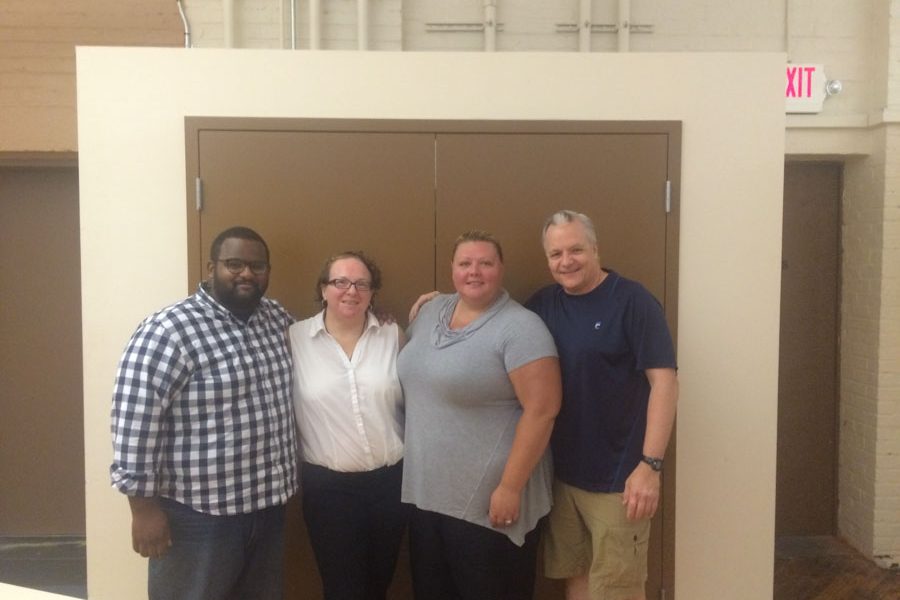
Left to right: Aaron Spence, Director of Administration; Kim Christidhis, Chief Academic Officer; Rebecca White, Chief Operating Officer; Joe Dollard, Mathematics Teacher/John Henry Scott
“This is a great confidence builder,” said White, “because students are working at their own level, whereas when they’re in the regular classroom, they’re not always seeing success.”
The software was developed in-house by Wright Solutions Group, a educational management firm and partner of the Liquori Academy. The firm’s president, Pat Wright, also serves as Liguori’s Director of Educational Planning.
After Mission Control helps bring students up to speed, the next step of Liguori’s program is to equip students with a specific career skill set. The school offers four different “industry clusters” or sets of curriculum specific to a career path. Students decide on their area of focus in their sophomore or junior year, similar to the way one chooses a major in college. Clusters include: Energy, Health and Life Sciences, Information Technology, and Business and Professional Services. Prior to this decision, students will be involved in individual and group projects that expose them to each of these areas of focus.
“We live in a project-based world so project based learning prepares our students for the workforce,” said Joe Dollard, a mathematics instructor at Liguori.
Liguori retains companies from each of these areas of industry as sponsors. These companies not only provide financial support to the school, but they also aid Liguori instructors in reverse-engineering entry level positions, creating a curriculum that will provide students with exactly the right skills to be eligible for jobs in their chosen field.
“We’re trying to combine the knowing and the doing,” said White, “to apply information in practical way. So have we have businesses telling us, these are the things we need people to be able to know how to do.”
In their senior year, students can take advantage of internships opportunities with some of these Liguori sponsors, a chance to actually work in their field of study. “They’ll graduate not only with a diploma. They’ll also have workforce credentials,” said Spence.
The inaugural class at Liguori will contain just 45 students. This number is slated to grow in the following years but the staff does not plan on admitting more than 200 students at a time. “We want to be small by size and intent,” said Spence. “That being said, we’ll partner with whoever wants to partner with us to get this program into other schools and after-school programs.”
Michael Marrone is excited to see the fruits of his labor. He has been working on the Liguori concept since 2007, overcoming many financial hurdles and logistical concerns. Now, almost ten years later, he is preparing to welcome the incoming class of fall 2016.
“We want to meet them where they are and walk with them to find the boundless opportunities that lay before them,” he said.
More information on The Liguori Academy can be found at LiguoriAcademy.org. •
